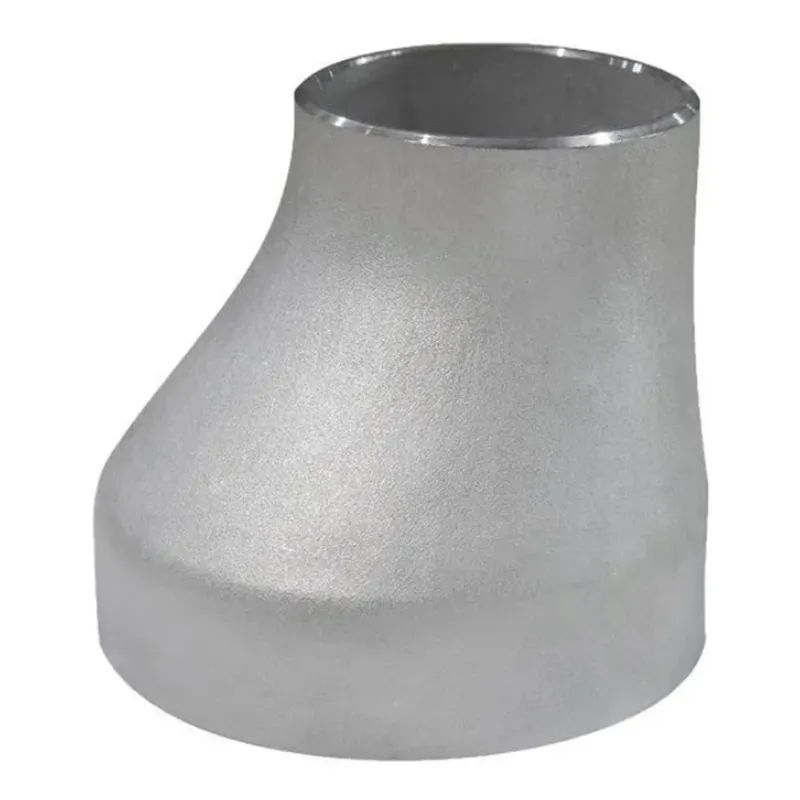-
Cangzhou Yulong Steel Co., Ltd.
-
Phone:
+86 13303177267 -
Email:
admin@ylsteelfittings.com
- English
- Arabic
- Italian
- Spanish
- Portuguese
- German
- kazakh
- Persian
- Greek
- French
- Russian
- Polish
- Thai
- Indonesian
- Vietnamese
- Zulu
- Korean
- Uzbek
- Hindi
- Serbian
- Malay
- Ukrainian
- Gujarati
- Haitian Creole
- hausa
- hawaiian
- Hebrew
- Miao
- Hungarian
- Icelandic
- igbo
- irish
- Japanese
- Javanese
- Kannada
- Khmer
- Rwandese
- Afrikaans
- Albanian
- Amharic
- Armenian
- Azerbaijani
- Basque
- Belarusian
- Bengali
- Bosnian
- Bulgarian
- Catalan
- Cebuano
- China
- China (Taiwan)
- Corsican
- Croatian
- Czech
- Danish
- Esperanto
- Estonian
- Finnish
- Frisian
- Galician
- Georgian
- Kurdish
- Kyrgyz
- Lao
- Latin
- Latvian
- Lithuanian
- Luxembourgish
- Macedonian
- Malgashi
- Malayalam
- Maltese
- Maori
- Marathi
- Mongolian
- Myanmar
- Nepali
- Norwegian
- Norwegian
- Occitan
- Pashto
- Dutch
- Punjabi
- Romanian
- Samoan
- Scottish Gaelic
- Sesotho
- Shona
- Sindhi
- Sinhala
- Slovak
- Slovenian
- Somali
- Sundanese
- Swahili
- Swedish
- Tagalog
- Tajik
- Tamil
- Tatar
- Telugu
- Turkish
- Turkmen
- Urdu
- Uighur
- Welsh
- Bantu
- Yiddish
- Yoruba

Nov . 27, 2024 05:33 Back to list
Exploring the Features and Applications of Blind Flanges in Industrial Environments
Understanding Blind Flanges A Focus on the Blind Flange 12
In the world of piping systems, the term flange refers to an external or internal ridge that is used for the attachment of two separate objects, commonly pipes. Among the various types of flanges, the blind flange plays a crucial role in maintaining the integrity of piping systems. In this article, we will delve into the specifics of blind flanges, with a particular focus on the blind flange 12, exploring its applications, specifications, and advantages.
What is a Blind Flange?
A blind flange is a type of flange that is used to close the end of a piping system. Unlike other flanges that allow for the flow of fluids (such as slip-on or threaded flanges), blind flanges do not have a central hole. They are essential in situations where a pipeline requires termination or when future access may be desired without the need for removing pipes.
Blind flanges are instrumental in providing pressure containment and preventing leakage in a system. They ensure that the systems remain secure and can be inspected or modified without disturbing the entire piping layout.
Specifications of Blind Flange 12
Blind flange 12 can refer to a specific diameter or standard used in various industries, including oil and gas, water treatment, and chemical manufacturing. While the term 12 typically indicates a size, it is vital to know that dimensions can vary based on standards like ANSI, ASME, or DIN.
- Size Blind flanges come in various diameters; 12 usually indicates a flange with a nominal diameter of 12 inches. - Material They can be made of different materials, including carbon steel, stainless steel, and high-temperature alloys, depending on the application. - Nominal Pressure Rating Blind flanges can be rated for different pressure levels, such as 150, 300, or even higher pressures in specific applications. - Thickness The thickness of a blind flange is critical as it needs to withstand various pressures without deforming. Standards like ASME B16.5 provide comprehensive guidelines on dimensions and tolerances. - Finish They may undergo various surface treatments for corrosion resistance or other protective measures, enhancing their durability and performance in diverse environments.
Applications of Blind Flange 12
The applications of blind flanges, particularly the blind flange 12, are vast and varied. Here are some key areas where they are commonly used
1. Piping Systems In large industrial piping networks, blind flanges are frequently used to close off lines, allowing maintenance or inspections without dismantling entire systems.
blind flange 12

2. Pressure Vessels These flanges are essential in pressure vessel construction. They provide safe sealing of openings while allowing for internal pressure to be maintained.
3. Construction In construction projects that require temporary solutions, blind flanges allow for a secured closure while waiting for permanent fixtures.
4. Testing and Inspection Before the commissioning of pipelines, blind flanges are often installed to perform hydrostatic or pneumatic tests, ensuring the integrity of the system.
Advantages of Using Blind Flanges
1. Ease of Maintenance Their design allows for quick access to the piping system for repairs or modifications without the need for extensive downtime.
2. High Pressure Resistance Blind flanges are capable of withstanding high pressure levels, making them ideal for high-stress environments.
3. Robust Sealing Capability They provide a tight seal, which is crucial for preventing leaks and ensuring safe operation across various applications.
4. Versatility With a range of sizes and materials available, blind flanges can be adapted to meet specific requirements in diverse industries.
Conclusion
Blind flanges, particularly the blind flange 12, are vital components in modern piping systems. Their ability to provide secure closures, support maintenance, and withstand pressure makes them indispensable in various applications. Understanding the specifications, applications, and advantages of blind flanges allows engineers and industry professionals to effectively design and maintain safe and efficient piping systems. As industries continue to evolve, blind flanges will remain a cornerstone of infrastructure, playing a crucial role in ensuring the reliability and safety of fluid transport.
Latest news
-
ANSI 150P SS304 SO FLANGE
NewsFeb.14,2025
-
ASTM A333GR6 STEEL PIPE
NewsJan.20,2025
-
ANSI B16.5 WELDING NECK FLANGE
NewsJan.15,2026
-
ANSI B16.5 SLIP-ON FLANGE
NewsApr.19,2024
-
SABS 1123 FLANGE
NewsJan.15,2025
-
DIN86044 PLATE FLANGE
NewsApr.19,2024
-
DIN2527 BLIND FLANGE
NewsApr.12,2024
-
JIS B2311 Butt-Welding Fittings LR/SR 45°/90° /180°Seamless/Weld
NewsApr.23,2024











